New Product: RTL-SDR Blog 1090 MHz ADS-B LNA
We're happy to announce the release of our new high performance low noise amplifier (LNA) for improving 1090 MHz ADS-B reception. The LNA uses a low noise figure high linearity two stage MGA-13116 amplifier chip and three stages of filtering to ensure that strong signals or interference will not overload either the amplifier or SDR dongle.
The LNA is currently only available from our Chinese warehouse, and costs US$24.95 including shipping. Please note that the price may increase slightly in the future, and that Amazon USA may not be stocked until March.
An LNA can help improve ADS-B reception by reducing the noise figure of the system and by helping to overcome losses in the coax cable and/or any other components such as switches and connector in the signal path. To get the best performance from an LNA, the LNA needs to be positioned close to the antenna, before the coax to the radio.
The gain of the RTL-SDR Blog ADS-B LNA is 27 dB's at 1090 MHz, and out of band signals are reduced by at least 60 - 80 dB's. Attenuation in the broadcast FM band and below 800 MHz is actually closer to over 100 dB's. In the LNA signal path there is first a low insertion loss high pass filter that reduces the strength of any broadcast FM, TV, pager or other similar signals that are usually extremely strong. Then in between the first and second stage of the LNA is a SAW filter tuned for 1090 MHz. A second SAW filter sits on the output of the LNA. The result is that strong out of band signals are significantly blocked, yet the LNA remains effective at 1090 MHz with a low ~1 dB noise figure.
The LNA is also protected against ESD damage with a gas discharge tube and low capacitance ESD diode. But please always remember that your antenna must also be properly grounded to prevent ESD damage.
Please note that this LNA requires bias tee power to work. Bias tee power is when the DC power comes through the coax cable. The RTL-SDR V3 has bias tee power built into it and this can be activated in software. See the V3 users guide for information on how to activate it. Alternatively if you don't own a dongle with bias tee built in, then an external bias tee can be used and those can be found fairly cheaply on eBay. Finally, if you are confident with soldering SMT components, then there are also pads and a 0 Ohm resistor slot on the PCB to install an LDO and power the LNA directly.
In addition please remember that this is a high gain LNA. It is expected to be used at the antenna side, with some 3+ db loss expected on the coax. However, if desired, it can still be used on the receiver side. If used on the receiver side or with a low loss run of coax, you will need to tune the RF gain on the RTL-SDR dongle. By default most software sets the RF gain to maximum. We recommend turning the RTL-SDR RF gain down to about 32 dB if connecting it directly to the dongle, otherwise the high input power may overload the dongle causing poor performance.
Specification Summary:
- Frequency: 1090 MHz
- Gain: 27 dB @ 1090 MHz
- Return Loss: -16 dB @ 1090 MHz (SWR = 1.377)
- Noise Figure: ~1 dB
- Out of band attenuation: More than 60 dB
- ESD Protection: Dual with GDT and ESD Diode
- Power: 3.3 - 5V via bias tee only, 150 mA current draw
- Enclosure: Aluminum enclosure
- Connectors: Two SMA Female (Male to Male adapter included)
Dimensions:
46.5 x 32 x 15.6 mm (not including the SMA).
Including the SMA the length is 69.8 mm.
Testing
We tested our new LNA against another ADS-B LNA with filter built in that is sold by another company and the FlightAware Prostick+ dongle in an environment with strong out of band signals such as pagers, broadcast FM, DVB-T and GSM signals. The results showed that the RTL-SDR Blog ADS-B LNA gathered the most ADS-B packets. In the tests both LNA's were connected on the receiver side to be fair to the FA dongle. Improved performance could be achieved by moving the LNA to the antenna side.


Checking in SDR# for out of band signals also showed that the RTL-SDR Blog ADS-B LNA significantly reduces those strong out of band signals, whereas the others have trouble blocking them out. Below we show the results as well as some measurements.
Reviews
Conclusion
This RTL-SDR Blog ADS-B LNA can significantly improve ADS-B reception, especially if you are in an environment with strong out of band signals. Even if you are not, the low noise figure design will improve reception regardless.
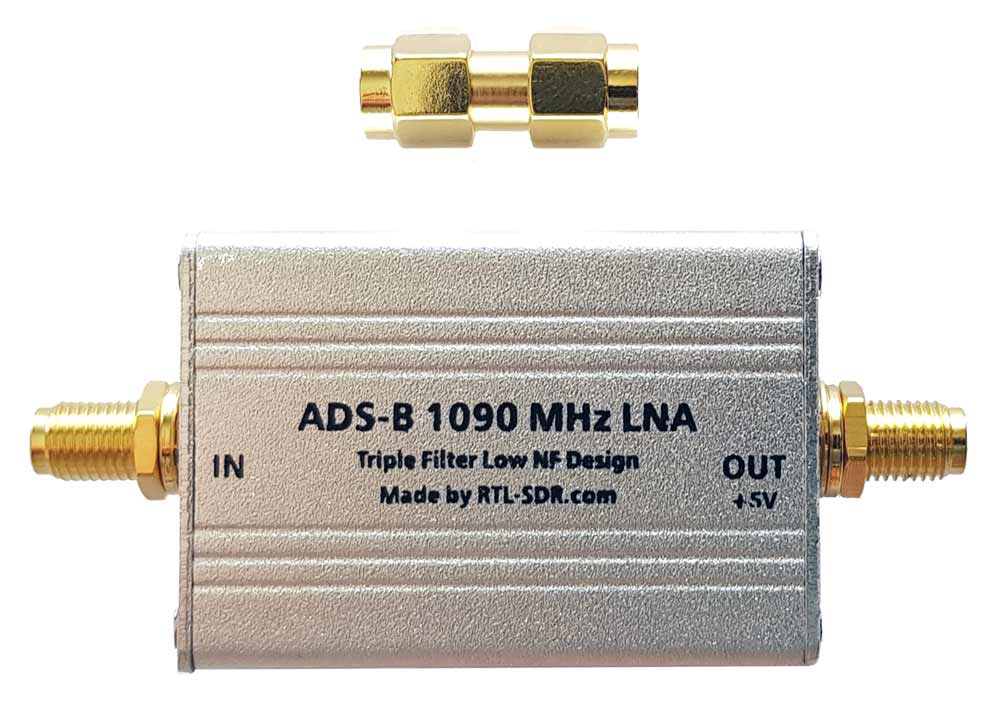
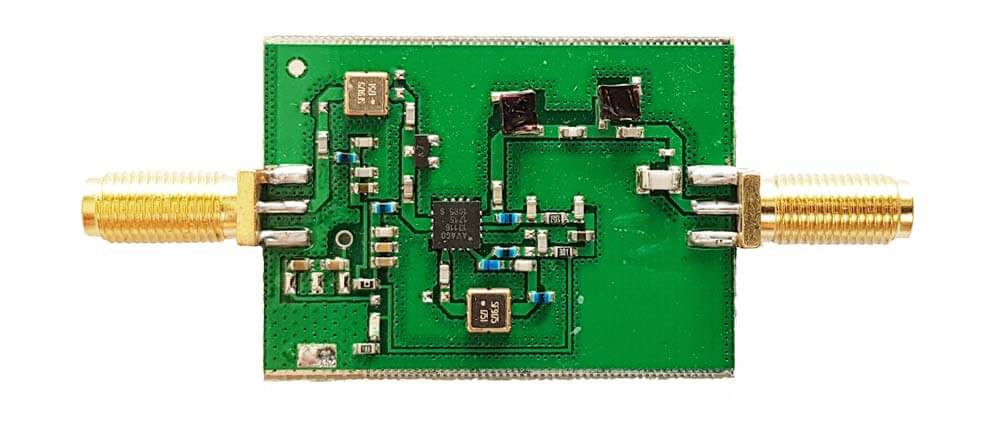

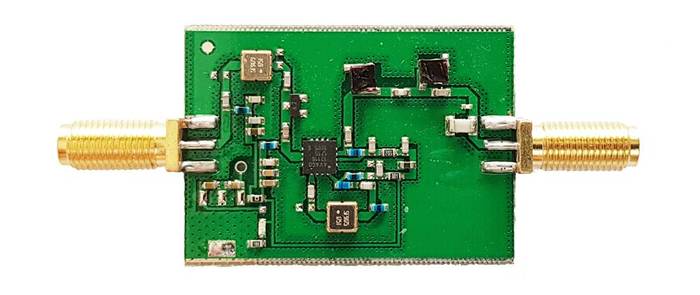


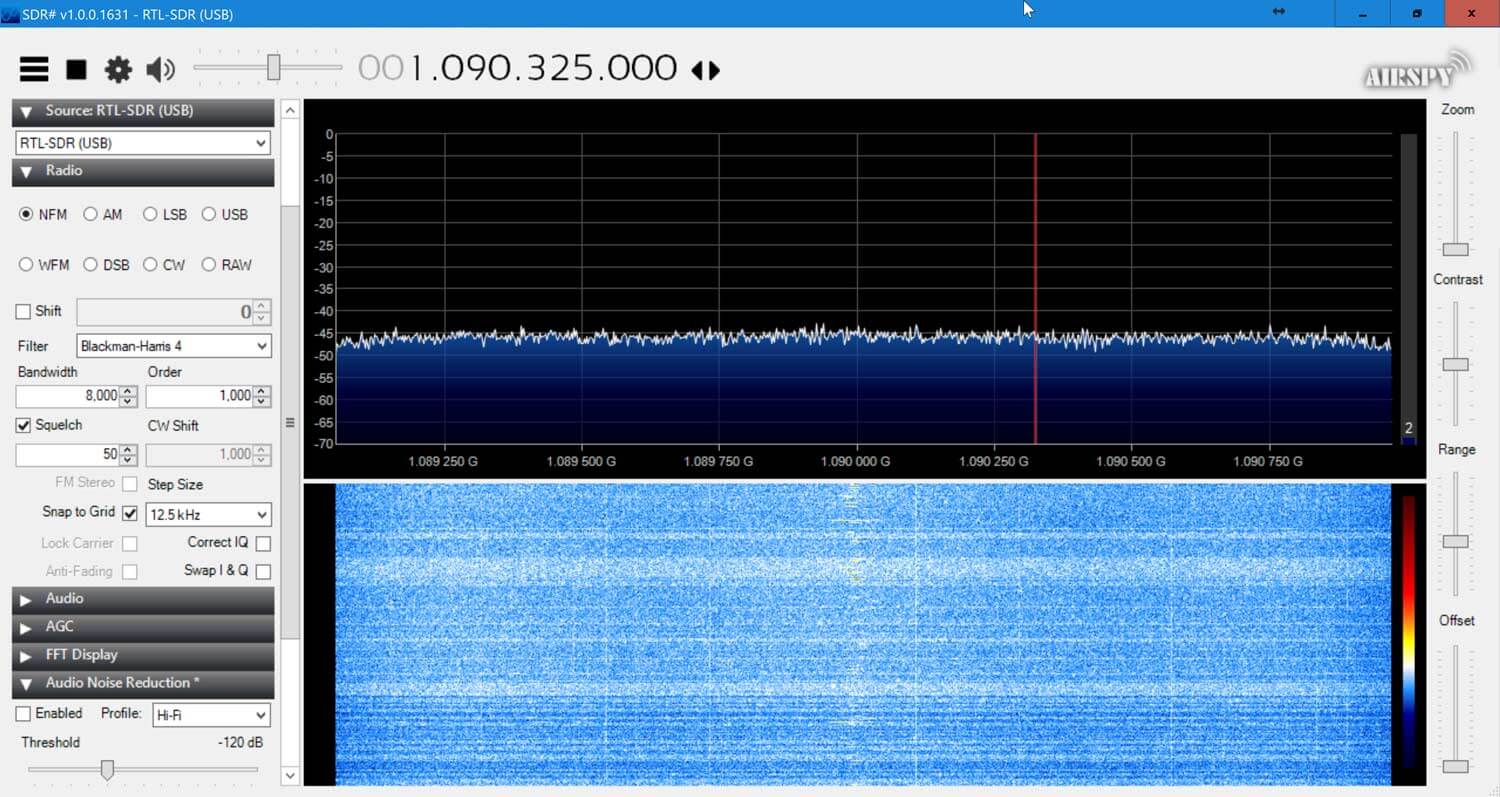


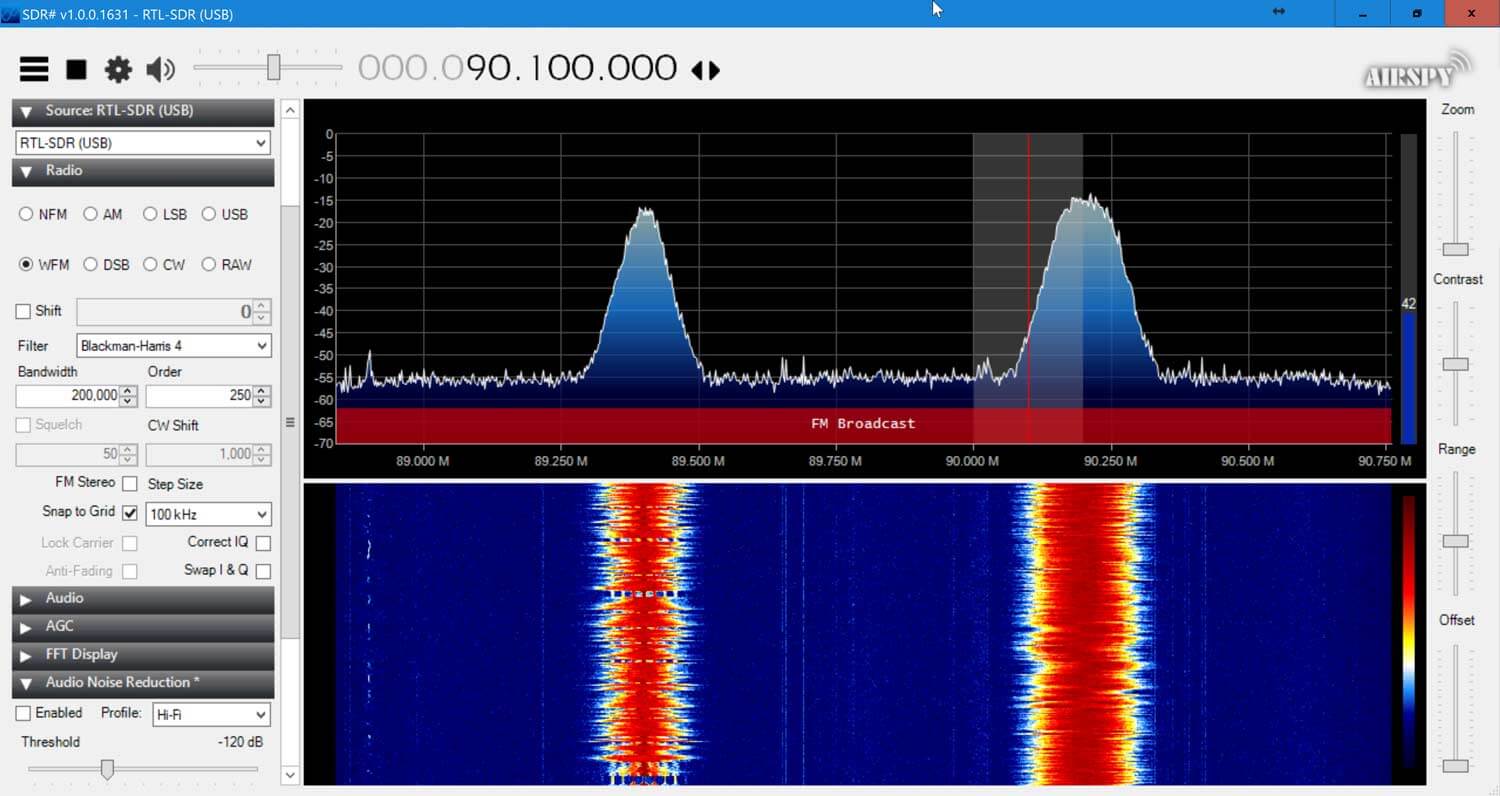

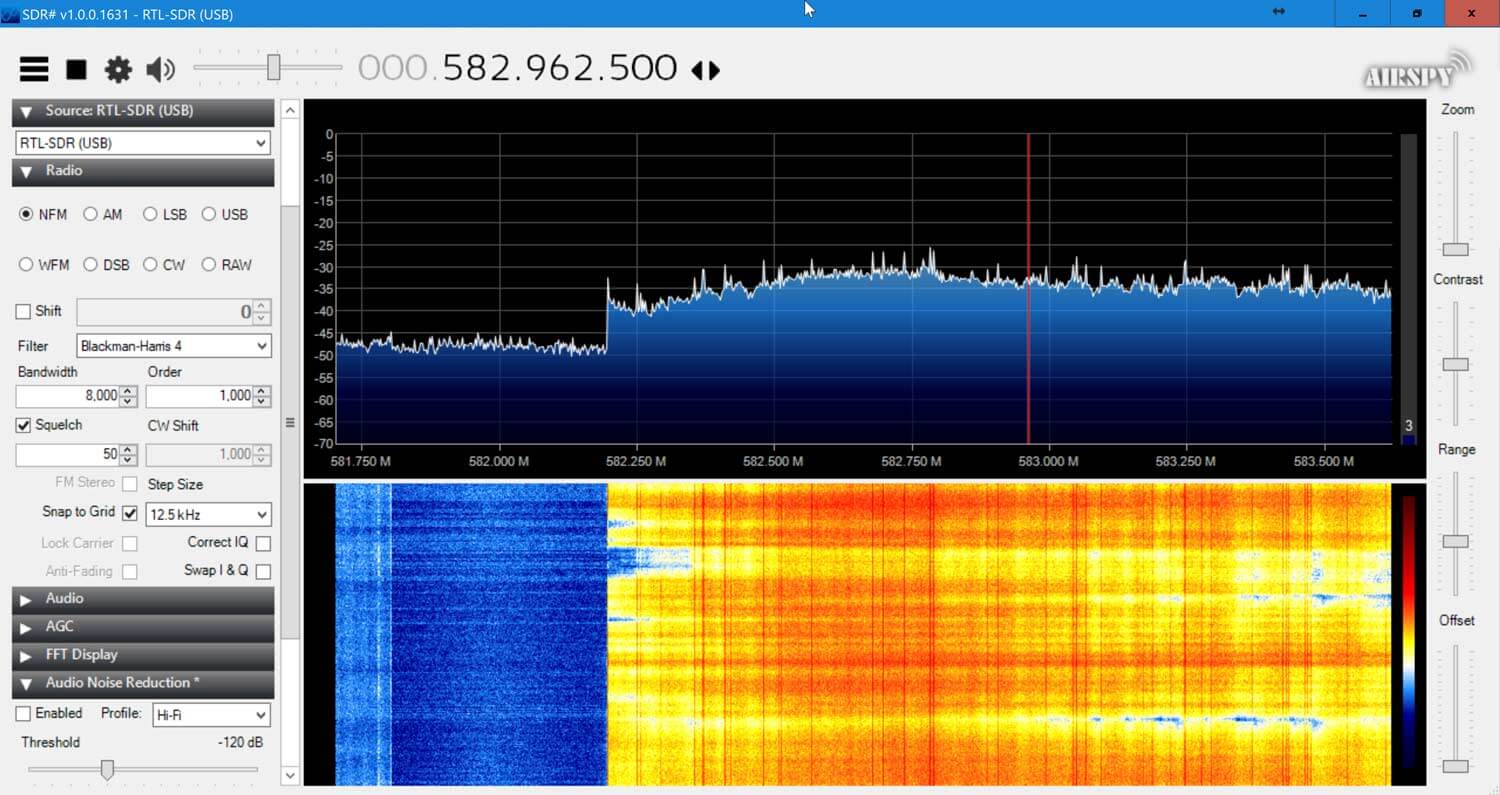


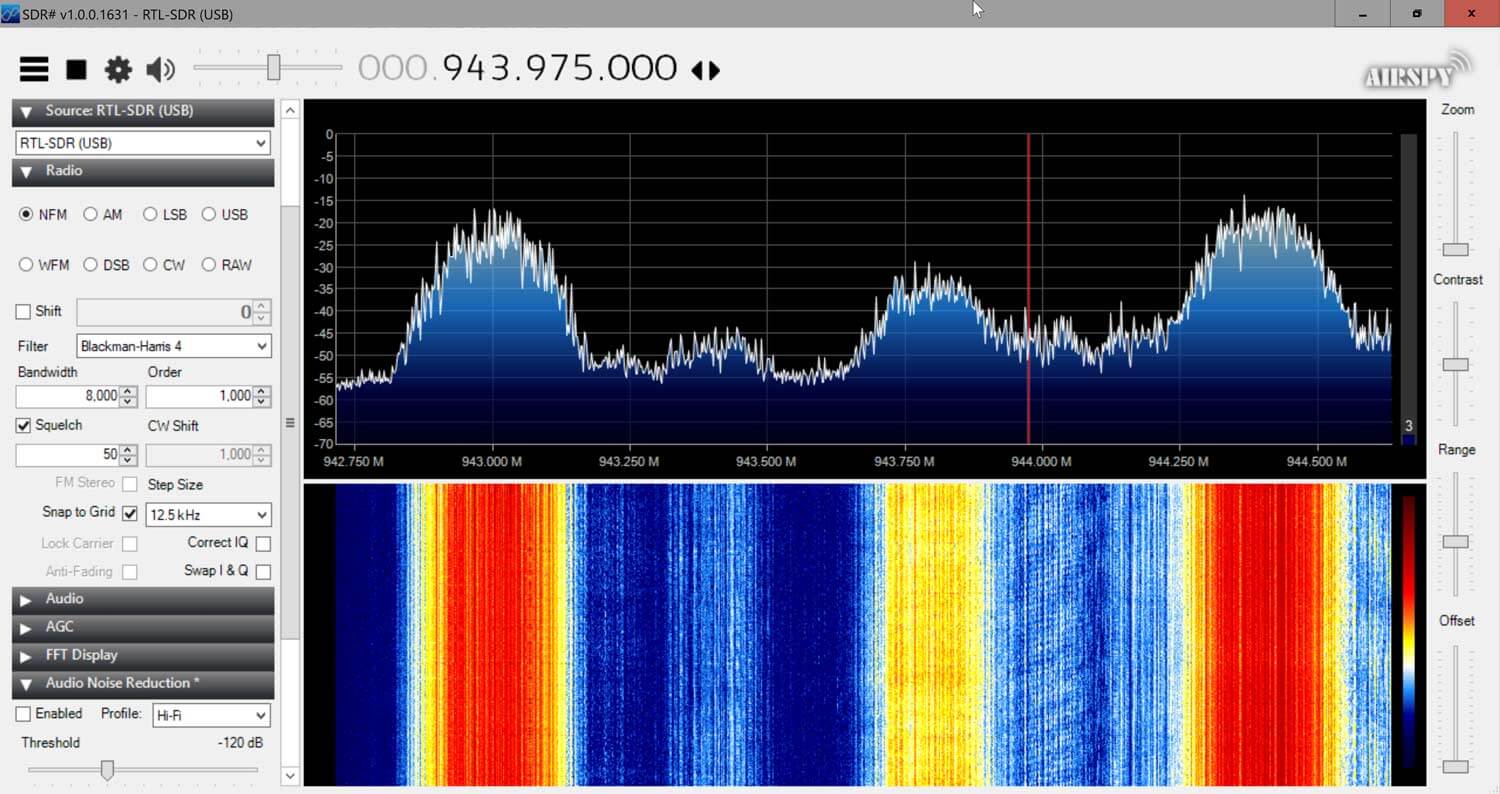


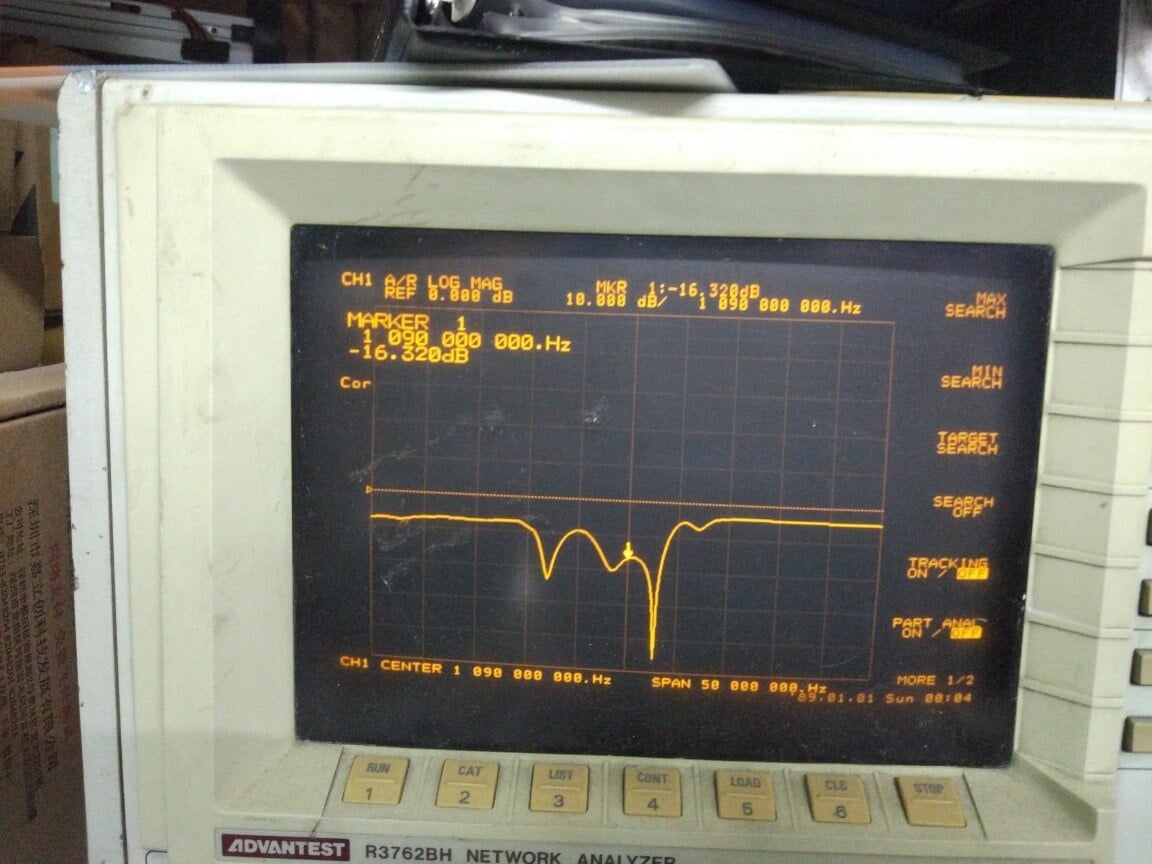
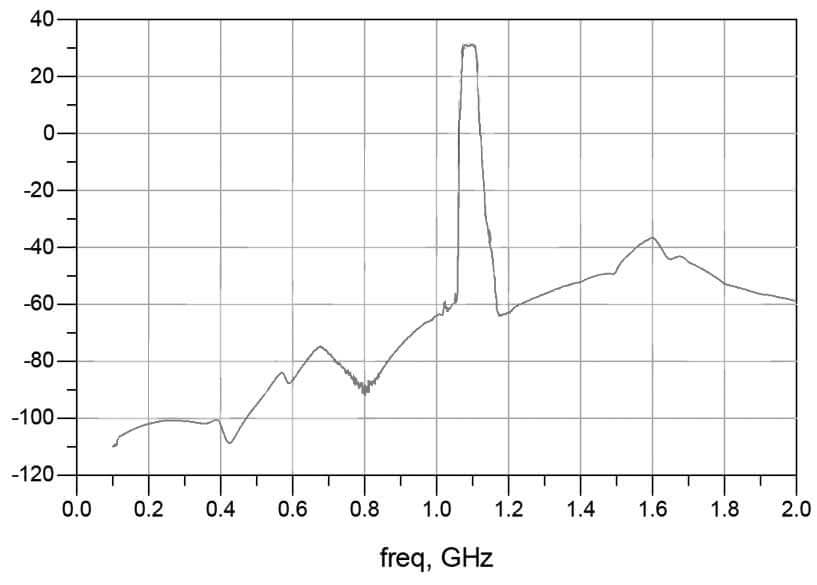
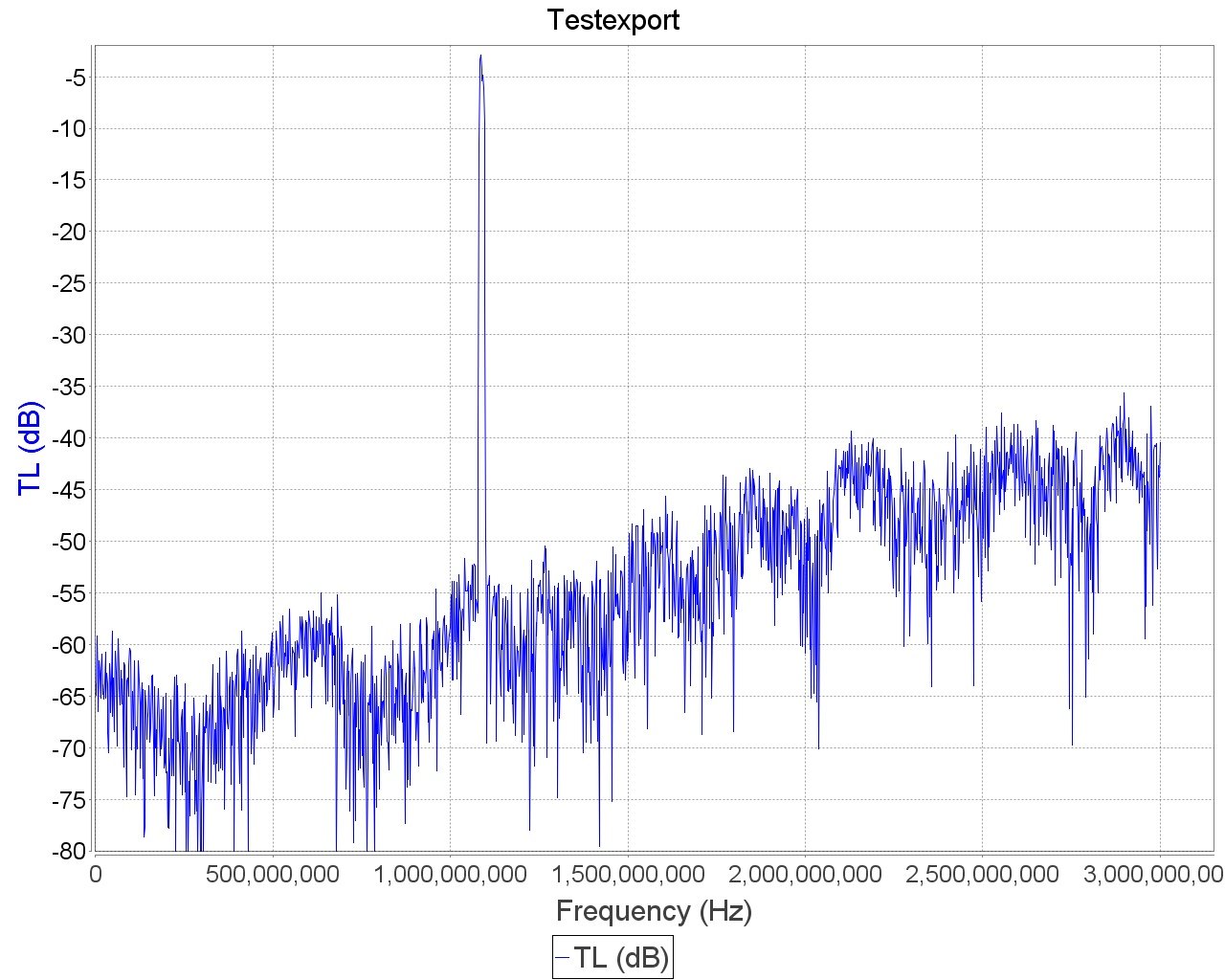

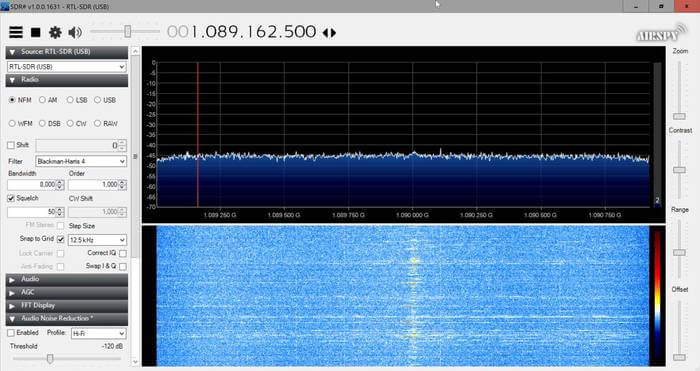
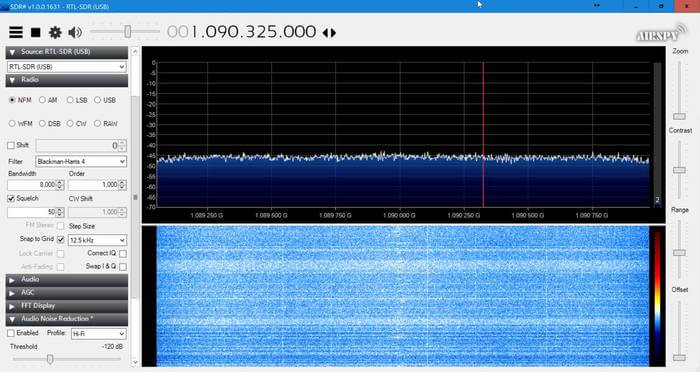
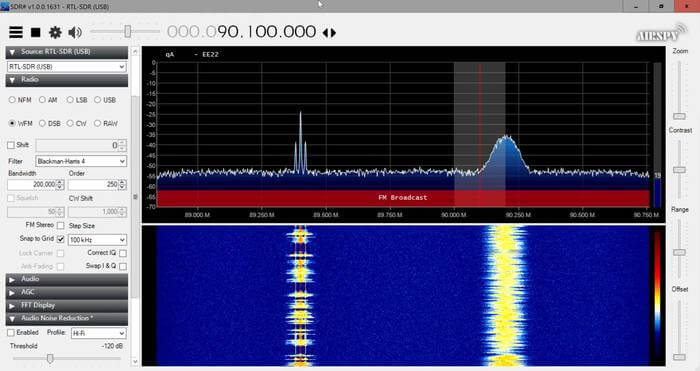

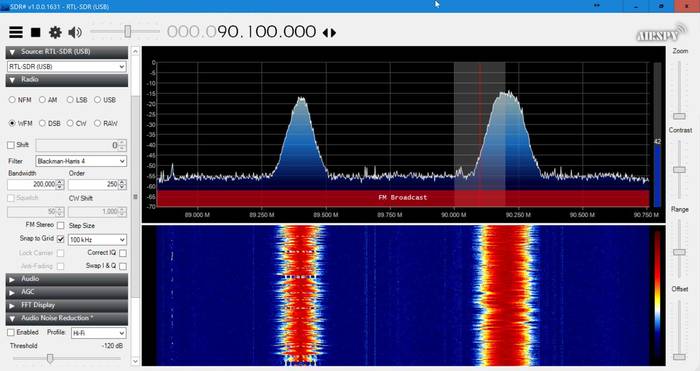

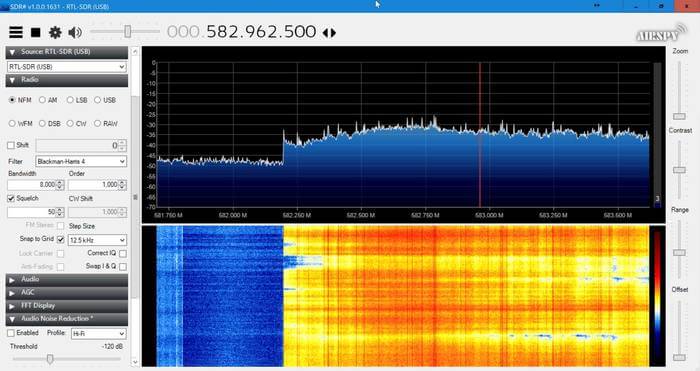
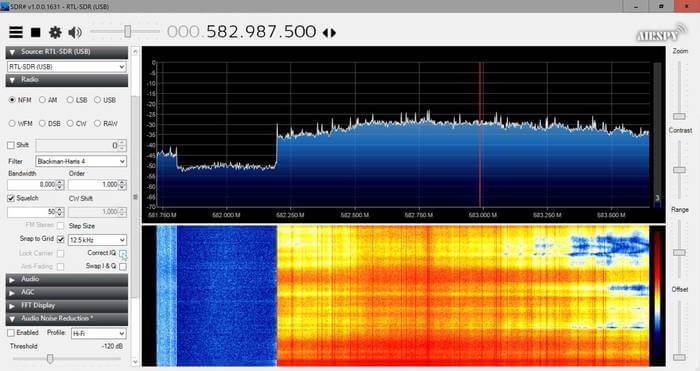
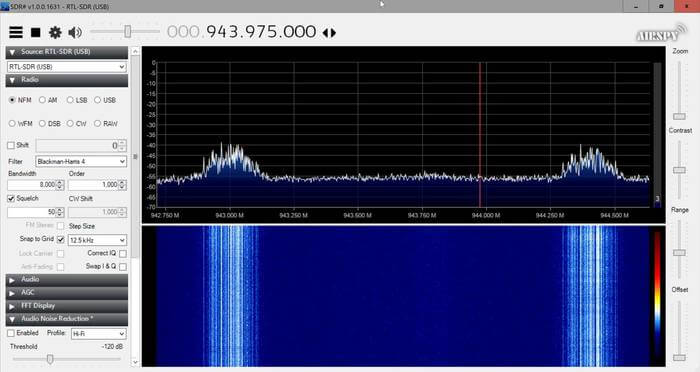





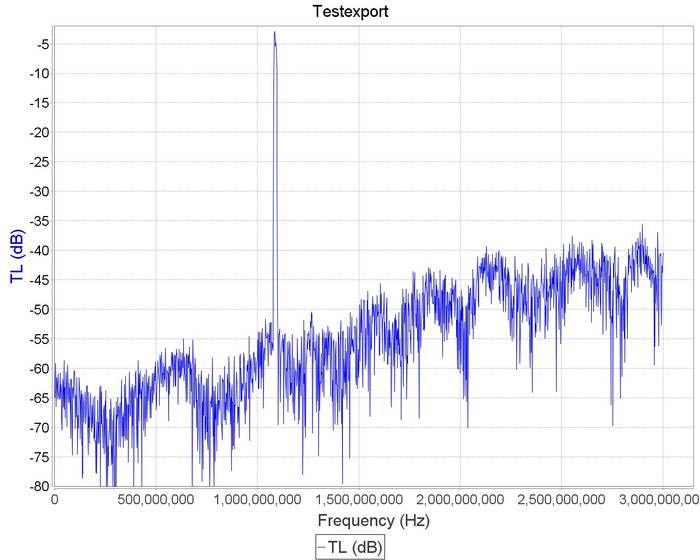
Can I get the latest updates on this?
Looks like this is discontinued. Any alternates?
We’re working on a replacement product, but it’s taking a bit longer than expected. But now that the supply chain crisis is mostly resolved we’re getting close.
Any news ?
“We’re currently in the process of redesigning it to use other chips, but it won’t be ready until around late Q1 2023 / early Q2 2023.” It’s nearly 2024, any update?
Any idea when these are going to be back in stock again?
I’m also looking to buy, was wondering when they will be in stock . They sold out everywhere.
The chip we used for this design went EOL and all existing stock is gone now. We’re currently in the process of redesigning it to use other chips, but it won’t be ready until around late Q1 2023 / early Q2 2023.
Any updates? I’m also waiting for one of these.
I have this LNA and an RTL-SDR V3 dongle. If I connect an antenna that is used with another dongle with +5V in a signal splitter and connect it in parallel with the antenna input of the LNA, do I run the risk of burning the LNA because of the +5V on the antenna line?
Hola Marcelo.Leyendo por varios sitios desdubrí que en estos casos se utiliza un Bloqueo que corta el paso de corriente pero deja pasar la señal de antena para proteger al Dongle.
Bias Tee-frecuencia de banda ancha 10MHz -6GHz RF, bloqueador CC para radio HAM RTL SDR LNA, amplificador de Radio Ham de bajo ruido 10-6000 MHz.
Parece que usando la LNA si que puedes hacerlo.
ADVERTENCIA: Antes de usar la T polarizada, asegúrese de comprender que no debe usar esta opción cuando el dongle está conectado directamente a una antena con cortocircuito de CC, a menos que esté usando un LNA. Aunque el circuito en T de polarización tiene doble protección contra cortocircuitos accidentales con un fusible térmico de restablecimiento automático y protección contra sobrecorriente en el LDO, cortocircuitar el T de polarización durante un período prolongado (días) podría dañar el LDO o el fusible de forma permanente. Úselo solo mientras esté conectado a un dispositivo con alimentación real, como un LNA, una antena activa o el SpyVerter.
Para aclarar las cosas: DC Short Antenna -> LNA -> Coax -> V3 (bias tee on) está absolutamente bien. Lo que no es bueno y no tiene sentido de todos modos es DC Short Antenna -> Coax -> V3 (bias tee on). Antena corta de CC -> Coaxial -> V3 (te de polarización desactivada) está bien.
Is there one for UAT 978 MHz?
As you recommend using this LNA at the antenna rather than at the radio, and as most ADS-B antenna installations are outdoors on rooftops or antenna masts, can you either add gaskets at all points where the case is susceptible to allowing moisture to get inside (the edges of the end plates, around the screws that hold those onto the main case, and where the SMA connectors pass through the end plates) for weatherproofing, or at very least mention in the product description that this LNA isn’t weatherproof so if permanently mounted outdoors a water-tight enclosure (not included) will be needed?
Current production run has much wider SAW filters than the previous production run.
Sadly no longer as good as it was.
Do you know what part number are those?
I’d REALLY love it if you guys could provide a link to download a PDF version of all that goodness in the article. I’ll see what I can do, but it’s never as cool as when the manufacturers do it! Thanks for this, BTW. This answered all the questions I had about integrating this into our kit, but the PDF is needed to convince those with the purse-strings!
Is there a schematic available?